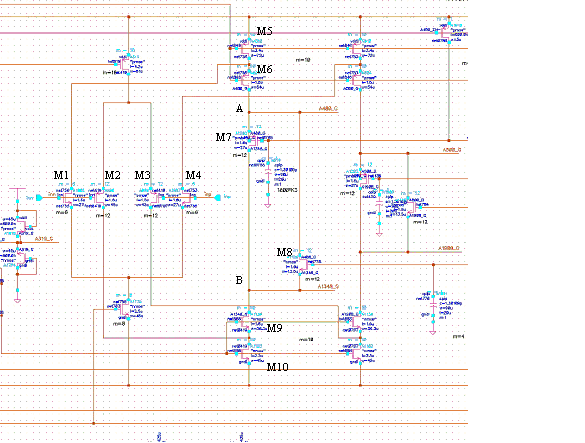walker5678
Full Member level 3

calculation of voltage gain of transistor
HI
Attached picture is the circuit of a rail to rail differential input stage followed by a Class AB floating bias circuit. Anyone has the concept how to analyze and design the voltage gain of the point A and B, could you give some advice? Appreciate you help, thanks!
best regards.

HI
Attached picture is the circuit of a rail to rail differential input stage followed by a Class AB floating bias circuit. Anyone has the concept how to analyze and design the voltage gain of the point A and B, could you give some advice? Appreciate you help, thanks!
best regards.


